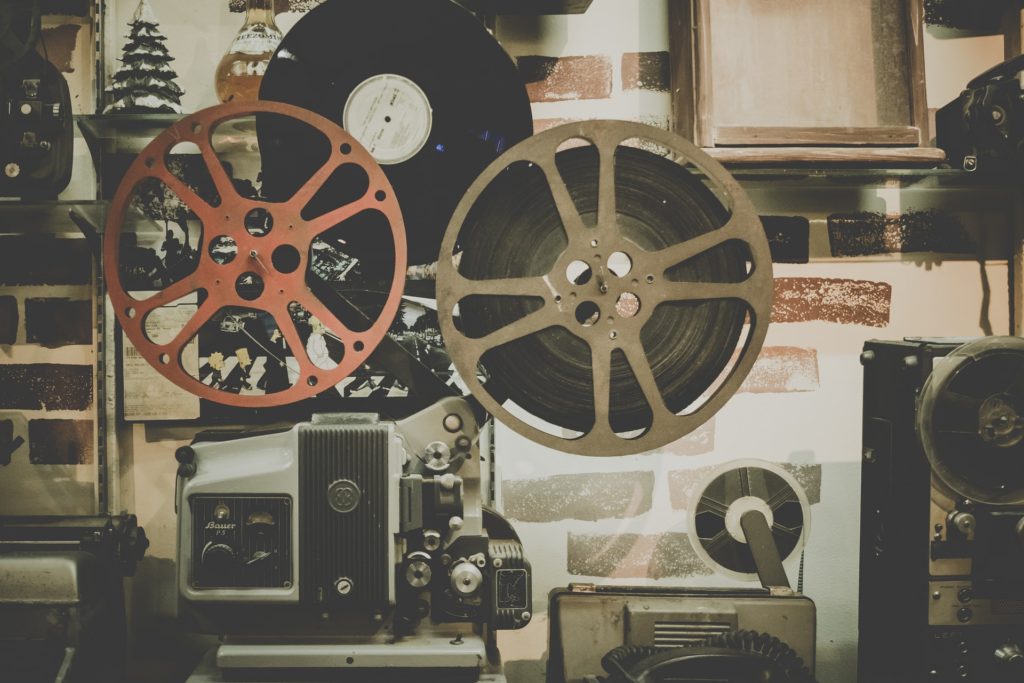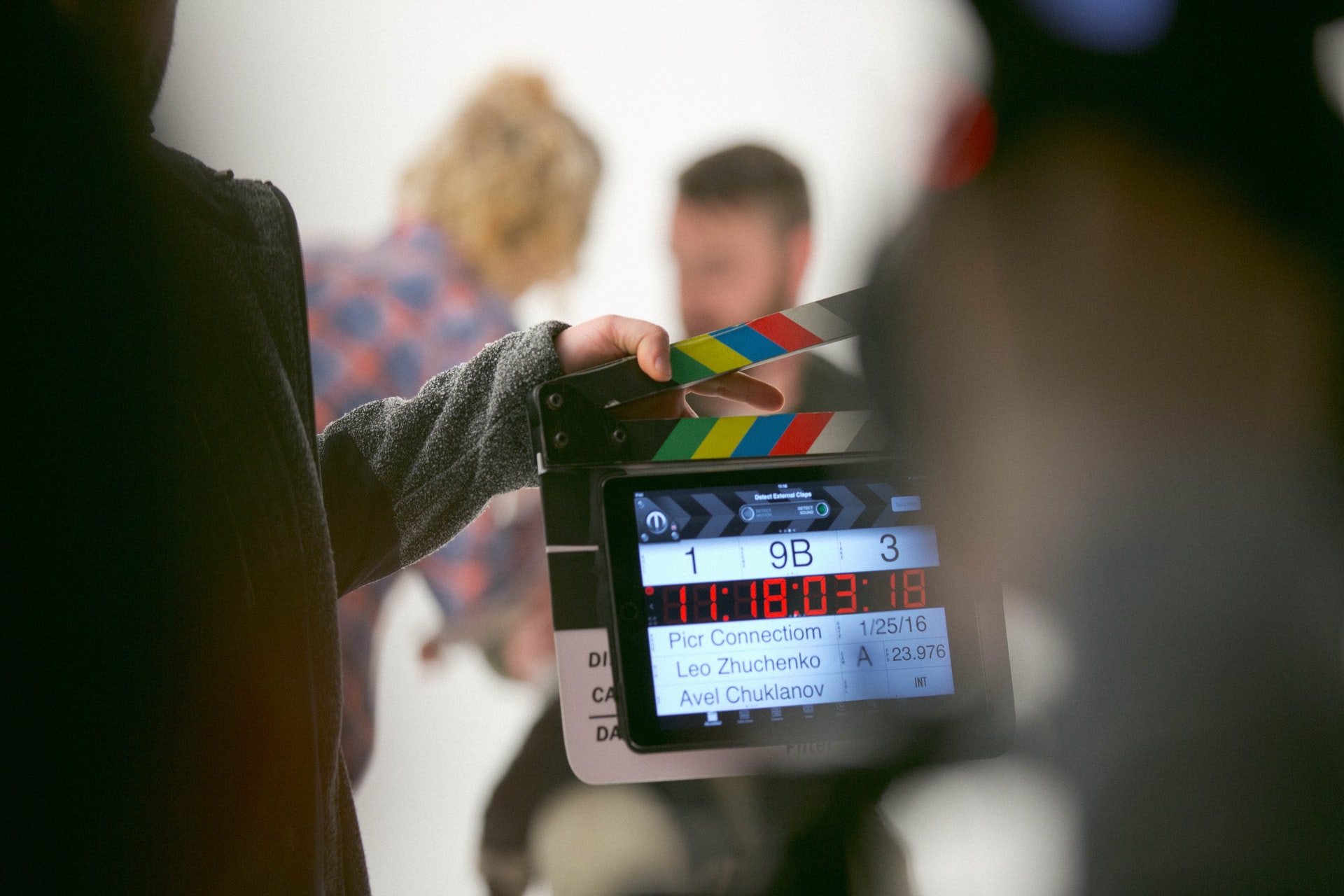Have you ever wondered how digital video production came to be? Videos are a part of our daily living that bring vivid colors and speak life to the technological advancements we embrace in today’s era. Ever since the first video recording was made up to today’s Facebook Reels, Tiktok videos, and high-class Hollywood movies and TV series, the art of cinematography never stopped evolving. The viewers feel emotionally attached to these on-screen visuals, particularly when there’s a human touch. Live-action videos and motion graphics films have made their way to the viewers’ hearts and have secured a spot in our lives.
If we will take a look back at the history of video production, we will see how far we have come to be in this digital era where audio and video technology have greatly flourished.

Dateline Check: History of Video Production
The first video production ever made was simple. It commenced way back in 1826 when Joseph Niepce took the first black-and-white photograph. A few years forward, it was Joseph Plateau who started to simulate moving pictures with his invention called the phenakistoscope – simply referred to as the “spindle viewer”. Consequent to that, it was in 1870 that John Wesley Hyatt developed and patented celluloid to be used as a base for a photographic film. These baby steps are far behind today’s audio and video technology but are a vital component to bringing into fruition the creative art of video storytelling.
Sometime in 1878, the zoopraxiscope had grown famous and was being widely used by various English photographers to capture wildlife and animal movements using multiple images. During this time, the concept of using consecutive photos that are captured closely creates the illusion of motion which was similar to Plateau’s spindle viewer concept.
The Birth of Motion Picture Cameras
In 1891, true motion picture cameras were invented by Thomas Edison. In 1895, the projector was made available. Color in films started to appear in short segments in 1902 at the beginning of the 19th century. It was then followed in 1918 by full-color movies showing up with the release of “Cupid Angling”. Take note that these are without audio.
By 1927, films started to include sounds. It was the birth of audio and video technology altogether. “The Jazz Singer” was the first to have such impactful development in the form of lip-synchronized performances. This was considered one of the breakthroughs in the history of video production. In 1954, color TV went on sale and became a hit in the 60s.
The Most Notable Historic Films
Some of the most noteworthy films considered milestones in the world of video production are the following, with their corresponding year and a brief description:
- The Race Horse (1878) – This is considered the earliest documented film in history.
- Roundhay Garden Scene (1888) – According to the Guinness Book of World Records, this is the oldest surviving film in existence.
- The Cinematograph Is Born (1895) – This film was inspired by Thomas Edison and William Dickson’s picture projector.
- The Wizard of Oz (the 1930s) – The Wizard of Oz and Fantasia are the two most distinguished motion picture movies to utilize Technicolor in the late 1930s.
The Rise of Video Cameras: Gearing Towards Digitized Video Production
When computers became famous and their use became prevalent, other technologies started to advance and progress as well. In 1964, it was remarkable that Sony produced the first-ever portable video recorder. Sony was the first to release a camera that has a built-in video cassette recorder which was rather known as the “Camcorder”. Right from 1967, when Sony introduced Portapak, the Sony DV-2400 Video Rover, people started to record their videos at home. A few years later, in 1973, videos can finally be stored in mini portable discs rather than on bulky rolls of film. Until 2008, it was essential to use a camcorder to digitally capture live-action footage.
The Transition From Film to Digital Video Production
Another milestone in the history of video production happened in the consecutive years 1976 and 1977 when VHS and laserdiscs, respectively, were developed and commercialized. These were subsequently phased out as the years went by upon the introduction of CDs, DVDs, and Blu-ray discs. These discs are more affordable and more portable than VHS and laser discs. It was 1997 when DVDs and Netflix started to take over the world. Yes– it was the same year Netflix was founded.
In today’s modern age, digital video production has become more prevalent. Audio and video technology can now be stored in such portable storage devices and even on our very own mobile phones, flash drives, hard drives, and the like.
Audio And Video Technology in Today’s Era
In 2008, a digital single-lens reflex (DSLR) camera manufacturer eventually decided to evolve its model– the Canon EOS 5D Mark II which changed the way we capture live-action video footage forever.
Today’s videos are everywhere– television ads and series, vlogs on different social media platforms, cinemas, etc. Videos have become highly accessible for all, and have created a huge audience. It continues to attract more viewers, being the most effective form of creating engagements and building emotional connections in the virtual realm. Digital video production has indeed evolved and has opened the way for aspiring videographers, filmmakers, and the likes to start producing their own videos – either for advertisement purposes, entertainment, vlogs, films, and the list goes on.
In these technologically- advanced times, making a video is part of the human way of life. It is almost impossible to go by a day without having to watch a single video whether on the television or on one’s mobile phone or computer. There are high-quality gadgets commercially available for us to produce the best videos. The progression and evolution of video production have been extremely extensive over the last century. This commenced particularly since the introduction of DSLRs when more and more photographers switched from camcorders to fully utilizing DSLRs.

***
In summary, there has been an increasing innovation and a dramatic rise in accessibility to high-quality hardware and software for aspiring filmmakers. The evolution is seemingly unending and where people start to film almost all aspects of their daily lives and then readily share these online.
A time travel on the history of video production makes us appreciate today’s digital video production even more. If you want to get started with video production, invest in the best equipment and have creative and original content. The heart of the content appeals best to the viewers when you say it louder in live-action and graphics.
